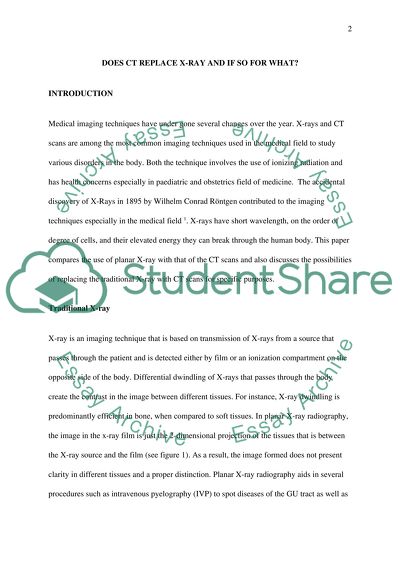Cite this document
(“Does CT Replace X-ray and if so for What Essay Example | Topics and Well Written Essays - 1500 words”, n.d.)
Does CT Replace X-ray and if so for What Essay Example | Topics and Well Written Essays - 1500 words. Retrieved from https://studentshare.org/health-sciences-medicine/1445404-does-ct-replace-x-ray-and-if-so-for-what
Does CT Replace X-ray and if so for What Essay Example | Topics and Well Written Essays - 1500 words. Retrieved from https://studentshare.org/health-sciences-medicine/1445404-does-ct-replace-x-ray-and-if-so-for-what
(Does CT Replace X-Ray and If so for What Essay Example | Topics and Well Written Essays - 1500 Words)
Does CT Replace X-Ray and If so for What Essay Example | Topics and Well Written Essays - 1500 Words. https://studentshare.org/health-sciences-medicine/1445404-does-ct-replace-x-ray-and-if-so-for-what.
Does CT Replace X-Ray and If so for What Essay Example | Topics and Well Written Essays - 1500 Words. https://studentshare.org/health-sciences-medicine/1445404-does-ct-replace-x-ray-and-if-so-for-what.
“Does CT Replace X-Ray and If so for What Essay Example | Topics and Well Written Essays - 1500 Words”, n.d. https://studentshare.org/health-sciences-medicine/1445404-does-ct-replace-x-ray-and-if-so-for-what.


